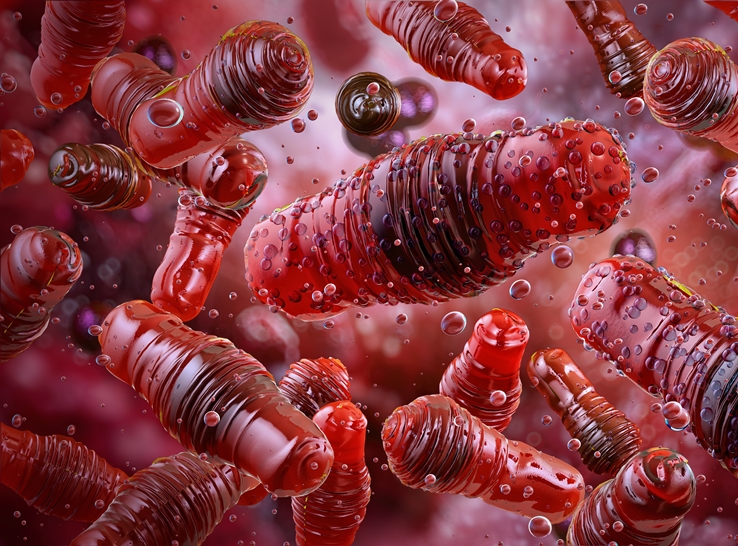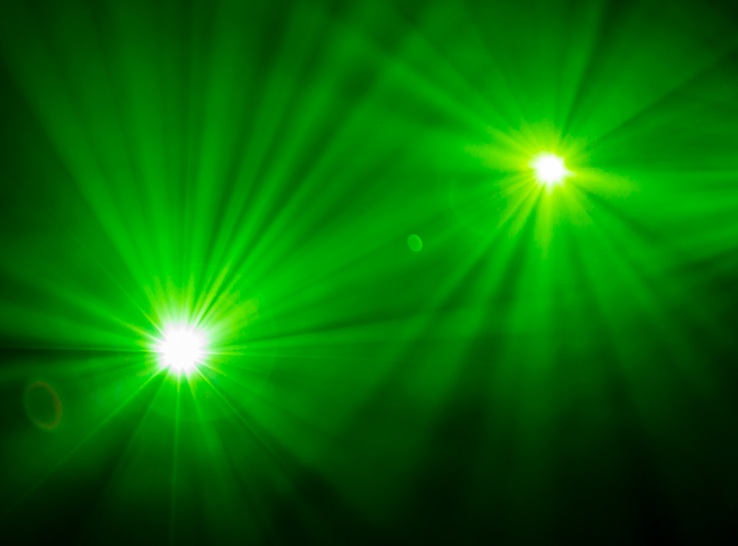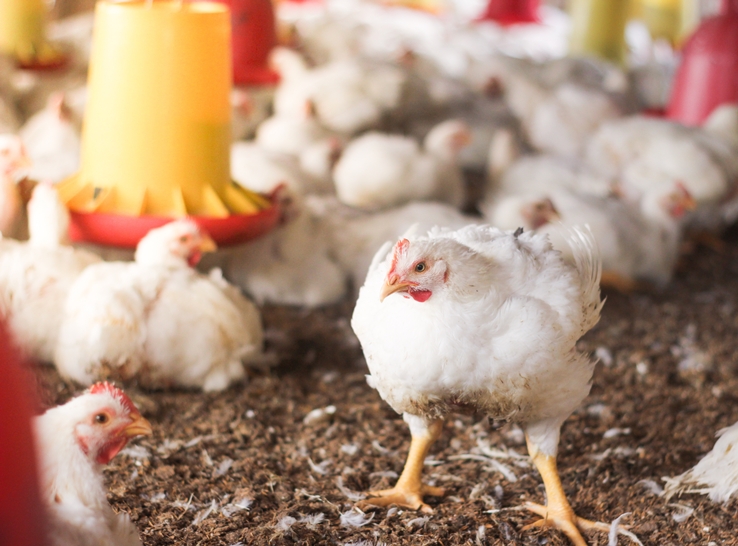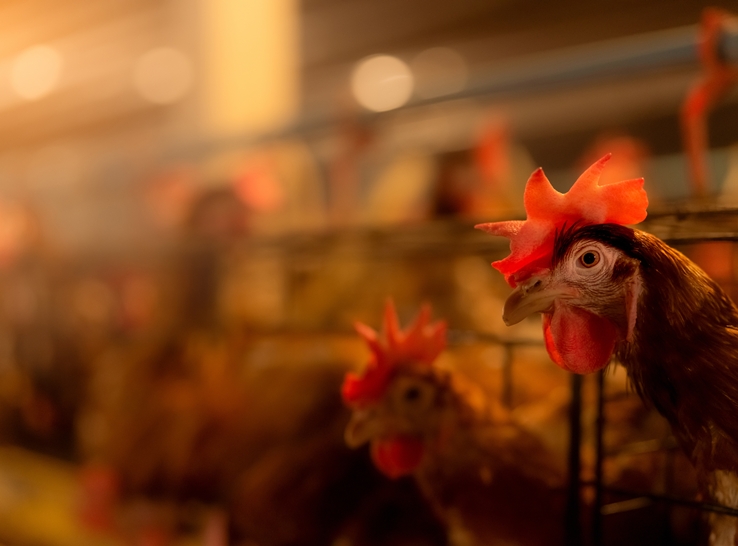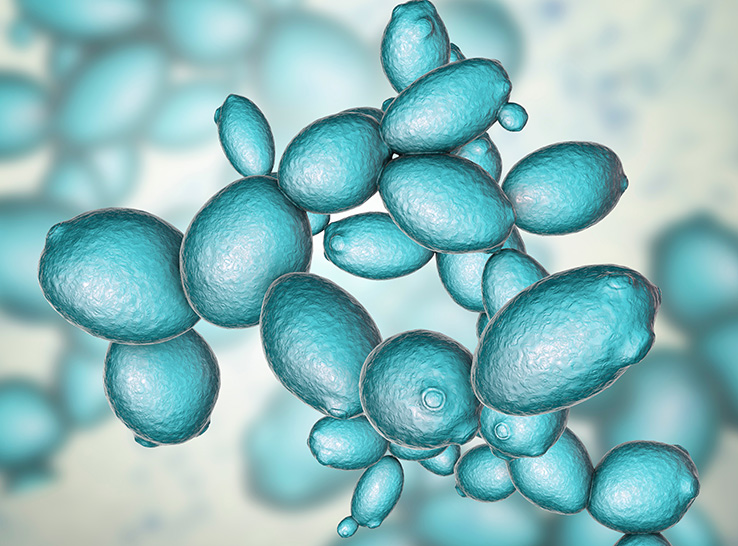Like humans, broilers need activity to stay healthy and build strong bones. But mobility and leg problems are common in modern-day broilers, which are bred for high breast-muscle yield. Extra activity can help the birds support the extra bodyweight and prevent skeletal disorders.
Could colored lighting encourage broilers to be more active?
Angela Perretti, poultry science graduate assistant, and her research team at the University of Arkansas decided to test the theory. They strapped tiny accelerometers on the backs of the birds to measure daily activity and put them in pens with blue, green or white lighting. The team also compared tibia sizes for each light group.
The results? “Green light had greater activity levels at all ages than blue and white groups,” Perretti reported. But there were no significant differences in tibia size among the light treatments.
Perretti presented details of the colored-lighting research at the 2025 International Poultry Scientific Forum
Setting up the color-light test
“Our research objective was to evaluate the effects of grow-out lighting treatments for broiler activity levels and tibia morphology,” Perretti said.
For the 42-day trial, the researchers used 600 Cobb by-product males randomly assigned to 12 pens and housed at the university research farm. Each pen was raised under one of three light treatments — blue, green or white.
The lights were attached to the top of the pens and controlled with a mobile app. After setting the light intensity and duration, the research team did not make adjustments.
To measure activity levels, the team attached accelerometers to one broiler in each of the 12 pens on days 11 to 14 and 38 to 41. The first and last days of each period were not used to allow for acclimation and device removal.
At the end of the study, researchers removed the left and right tibia from the broilers with the accelerometers attached to determine tibia morphology.
Activity, bone size results
“From the accelerometers, we received 288 scans per bird, so we got data for every second,” Perretti said.
“There was a consistent pattern with green treatments having the highest activity level compared to blue and white, which was consistent in all ages,” she continued.
“We also saw by day 39 and 40 a strong reduction in activity level in all birds. Previous research has shown that activity decreases with an increase in age.”
In the tibia morphology data, Perretti noted a trend in the white-light group: a more obtuse proximal angle on the tibia than was observed in the other groups.
“This tibia morphology finding may be correlated with low activity levels because there might be increased sitting or standing; more pressure put on those bones will cause the more obtuse angle in the proximal head,” she explained.
The research team did not observe significant differences in bone widths or volumes. For length, tibias in the white-light group were shorter but not significantly.
“These results indicate that light may not have a strong impact on width or bone length,” she said.
Switch to green light?
“A possible takeaway from this research is that green light is a noninvasive method to really increase the activity of birds,” Peretti continued.
“Other research has demonstrated that white light can increase walking and blue light can increase calming behaviors. This wasn’t necessarily seen with our data because we looked only at the movement of the birds.
“We also saw shorter tibias in the white treatments, but this doesn’t correlate with other research.
“Overall, green light could be used as an environmental stimulant to increase activity behaviors of broilers,” she concluded.

